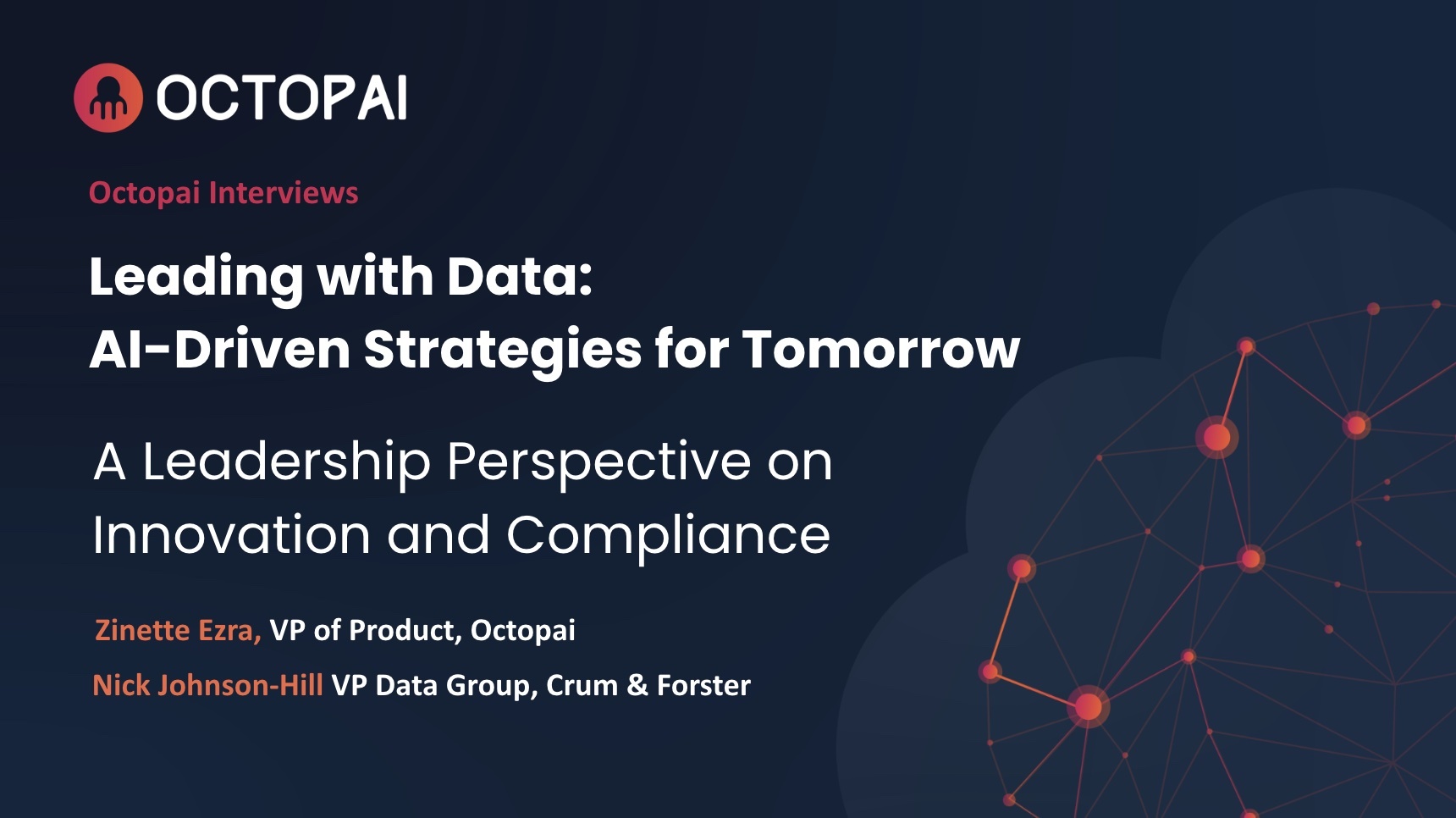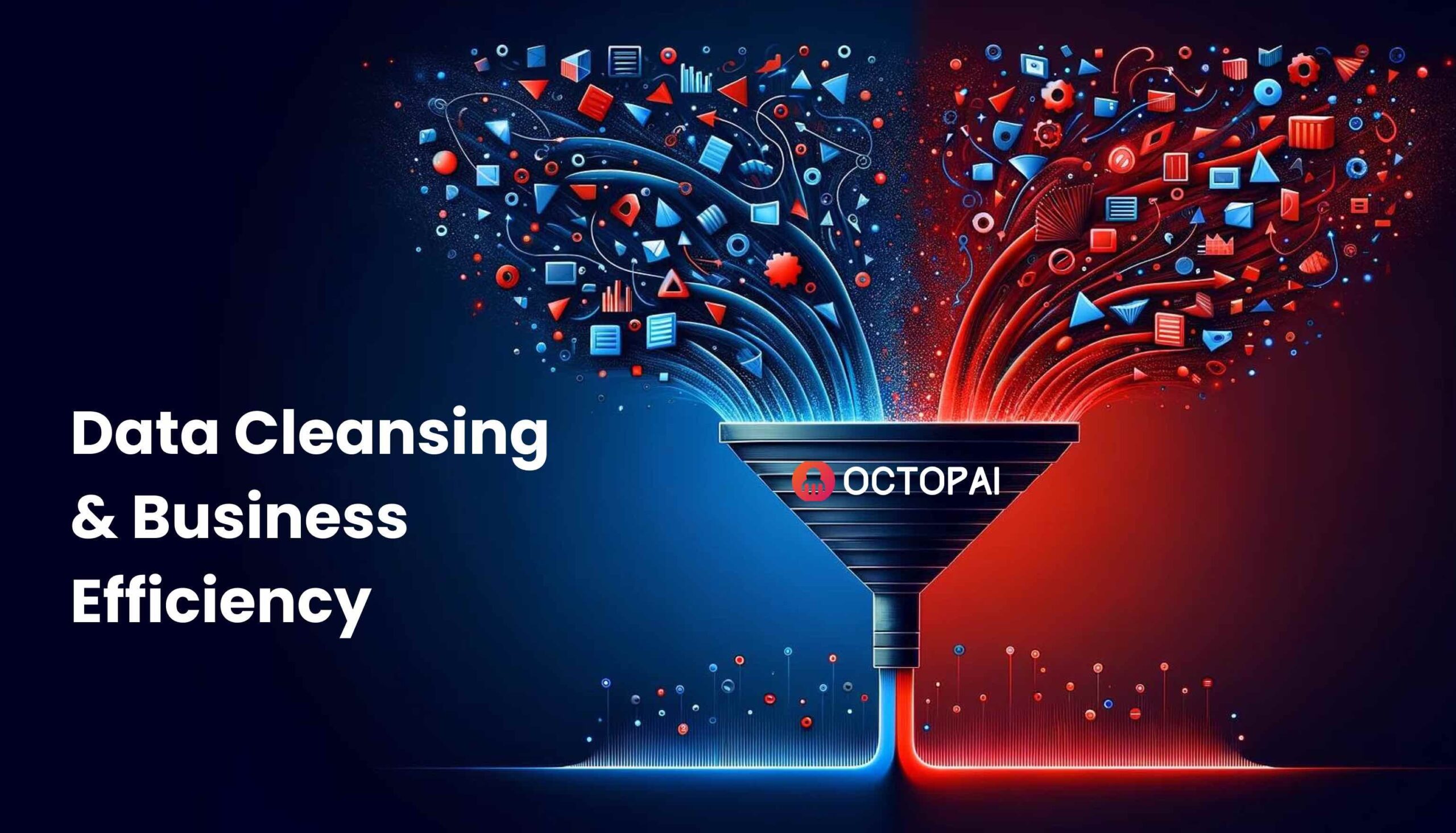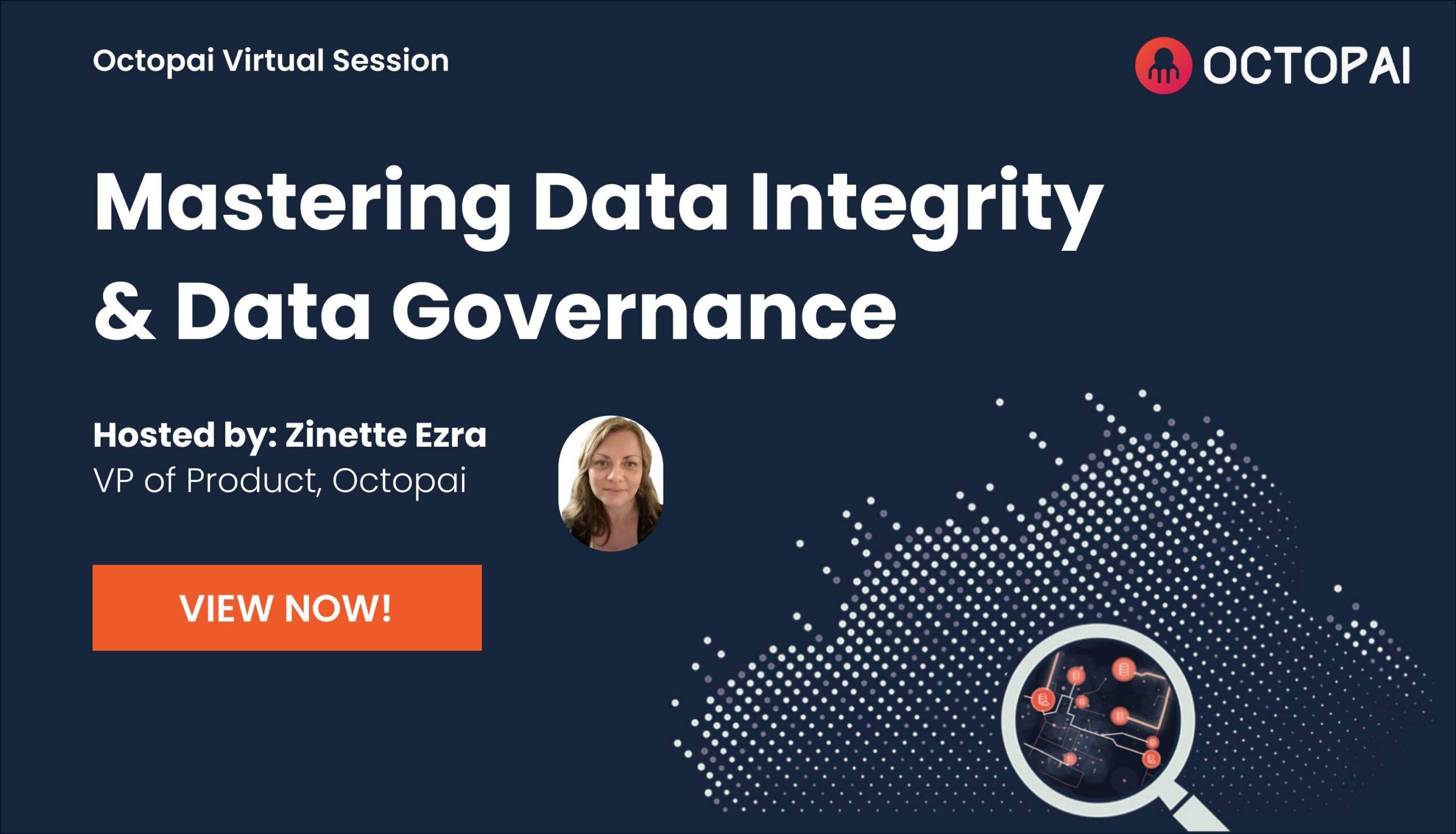If the point of Business Intelligence (BI) data governance is to leverage your datasets to support information transparency and decision-making, then it’s fair to say that the data catalog is key for your BI strategy. At least, as far as data analysis is concerned.
The right data catalog tool can be a powerful complement to your existing BI processes. But to reap the full benefits of the platform, you need to know what the system brings to the table and how to select one that suits your specific business needs.
The Benefits of Structured Data Catalogs
At the most basic level, data catalogs help you organize your company’s massive datasets. Most enterprises have huge data lakes with millions of touchpoints all living in the dark. They have little in the way of definition or categorization. Data catalog metadata brings order to the madness and supports data governance by creating a structured system where datasets can be defined, categorized, and stored.
This type of BI is more important than ever in our data-driven culture, where distinctions between data management tools (like data dictionaries vs. business glossaries) keep executives up at night. And although the number of self-service data management tools has exploded in the past few years and made this process easier, so too has data generation: IoT sensors, Cloud-based apps, and digitization of core processes. These inputs contribute to a data ecosystem that’s bigger and more difficult to manage, regardless of how many resources an enterprise can afford to throw at it.
To complicate matters further, privacy regulations surrounding data governance (such as GDPR) are putting pressure on companies to keep data organized and transparent. It’s not enough to simply store customer data in siloed systems; companies need to be able to locate specific metadata points when needed.
As BI engineers know, this is only possible when datasets are properly tagged, categorized, and annotated with the appropriate descriptive details. These challenges aren’t easy to juggle all at once; at least, not without the right data catalog supporting your enterprise.
Choosing a Data Catalog
The first step in finding the perfect data catalog is to build a concrete list of requirements your platform will need. This will look different for every enterprise, but there are a few features that could be considered “must-have” options for any type of data governance:
Data Automation
Few enterprises have the time or resources to tag and profile datasets by hand. Look for catalogs offering automated population that take the logistics off your shoulders. Of course, you should still include manual reviews of data profiles—machine categorization isn’t perfect, after all—but it’s a necessary feature for managing large metadata catalogs.
Scalability
Keep catalog scalability in mind. Your catalog platform might be fine now, but as your business grows, will it have the capability to process bigger datasets across the enterprise? Consider your data sources here (on prem, cloud, etc.) and look for a solution that will match your company’s growth.
Tool Integration
What kind of APIs will you need to integrate the catalog with your other BI tools? This is a crucial component for data organization, particularly for companies with disjointed data management systems. Learn about the vendor and what plans they may have for integrating new types of data governance tools into the existing platform.
Folding In Metadata Automation
Of course, if you want to implement a data catalog, you’ll need to compile metadata from each of your assets. Some companies erroneously try to do this manually, but as we know, the process is time-consuming, tedious, and untenable at scale. Without some way to subvert manual data mapping, it becomes extremely difficult, if not impossible, to build and manage your data catalog.
This is where automation comes into play. Automated tools for discovering metadata, like Octopai, can pull information from the data assets you have, no matter how many systems, silos, or tables you need to sort through. Yes, it makes the process easier—but it also guarantees that the catalog is built quickly, accurately, and without the need for excessive user input.
Smart Data Catalog Tools
This is just a sample of the benefits a smart cataloging system can bring to an organization’s BI strategy. Like your other BI tools, catalogs can be as adaptable as you need. Work toward building a cataloging system that brings order to chaotic data and which makes it easy for analysts to find value-driving insights in the numbers.






